iodoform

iodoform structure
|
Common Name | iodoform | ||
|---|---|---|---|---|
| CAS Number | 75-47-8 | Molecular Weight | 393.732 | |
| Density | 3.9±0.1 g/cm3 | Boiling Point | 250.7±8.0 °C at 760 mmHg | |
| Molecular Formula | CHI3 | Melting Point | 119 °C | |
| MSDS | Chinese USA | Flash Point | 129.0±13.9 °C | |
| Symbol |

GHS07 |
Signal Word | Warning | |
Use of iodoformIodoform is the organoiodine compound with the formula CHI3. A pale yellow, crystalline, volatile substance, it has a penetrating and distinctive odor (in older chemistry texts, the smell is sometimes referred to as the smell of hospitals, where the compound is still commonly used) and, analogous to chloroform, sweetish taste. It is occasionally used as a disinfectant. It is also known as tri-iodomethane, carbon triiodide, and methyl triiodide. |
| Name | iodoform |
|---|---|
| Synonym | More Synonyms |
| Density | 3.9±0.1 g/cm3 |
|---|---|
| Boiling Point | 250.7±8.0 °C at 760 mmHg |
| Melting Point | 119 °C |
| Molecular Formula | CHI3 |
| Molecular Weight | 393.732 |
| Flash Point | 129.0±13.9 °C |
| Exact Mass | 393.721191 |
| LogP | 3.51 |
| Vapour Pressure | 0.0±0.5 mmHg at 25°C |
| Index of Refraction | 1.851 |
| InChIKey | OKJPEAGHQZHRQV-UHFFFAOYSA-N |
| SMILES | IC(I)I |
| Storage condition | -20°C |
| Stability | Stable. Incompatible with strong oxidizing agents, reducing agents. May explode when heated. |
| Water Solubility | Insoluble. |
CHEMICAL IDENTIFICATION
HEALTH HAZARD DATAACUTE TOXICITY DATA
MUTATION DATA
|
| Symbol |

GHS07 |
|---|---|
| Signal Word | Warning |
| Hazard Statements | H302 + H312 + H332-H315-H319-H335 |
| Precautionary Statements | P261-P280-P305 + P351 + P338 |
| Personal Protective Equipment | dust mask type N95 (US);Eyeshields;Faceshields;Gloves |
| Hazard Codes | Xn:Harmful; |
| Risk Phrases | R20/21/22;R36/37/38 |
| Safety Phrases | S26-S36/37-S36/37/39-S22 |
| RIDADR | UN 1851 |
| WGK Germany | 3 |
| RTECS | PB7000000 |
| Hazard Class | 6.1 |
| Precursor 10 | |
|---|---|
| DownStream 9 | |
|
An in vitro evaluation of antimicrobial efficacy of primary root canal filling materials.
J. Clin. Pediatr. Dent. 37(1) , 59-64, (2012) The present study aimed to evaluate and compare six different materials commonly used for filling the root canals of primary teeth for antimicrobial efficacy against some of the microorganisms commonl... |
|
|
Application of hollow fiber liquid phase microextraction for simultaneous determination of regulated and emerging iodinated trihalomethanes in drinking water.
J. Chromatogr. A. 1402 , 8-16, (2015) Trihalomethanes (THMs) are regulated disinfection by-products (DBPs) most commonly analyzed in quality control water supply due to their harmful effects on health. However, few data exist about the co... |
|
|
Inflammatory effect of green propolis on dental pulp in rats.
Braz. Oral Res. 27(5) , 417-22, (2013) Pulpotomy in deciduous teeth is a controversial issue, especially with regard to alternative materials used for the direct pulp capping of the root canal pulp tissue. The aim of the present study was ... |
| carbon triiodide |
| Iodoform (JP15/USP) |
| Iodoform |
| Trijodmethane [Czech] |
| Jodoform |
| CHI3 |
| Methane, triiodo- |
| Dezinfekt V |
| Jodoform [Czech] |
| MFCD00001069 |
| Methane,triiodo |
| triiodomethane |
| Trijod-methan |
| EINECS 200-874-5 |
 CAS#:507-25-5
CAS#:507-25-5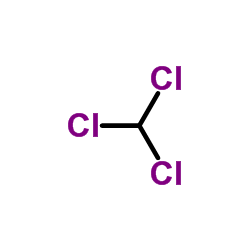 CAS#:67-66-3
CAS#:67-66-3 CAS#:74-88-4
CAS#:74-88-4 CAS#:64-17-5
CAS#:64-17-5 CAS#:67-64-1
CAS#:67-64-1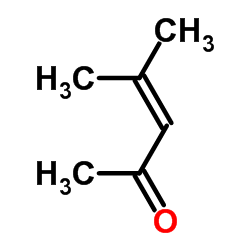 CAS#:141-79-7
CAS#:141-79-7 CAS#:6819-41-6
CAS#:6819-41-6 CAS#:141-52-6
CAS#:141-52-6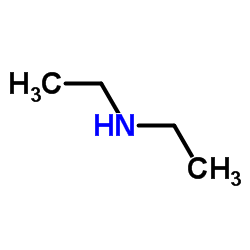 CAS#:109-89-7
CAS#:109-89-7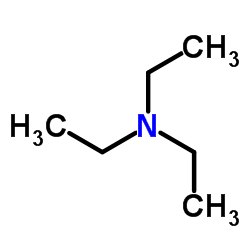 CAS#:121-44-8
CAS#:121-44-8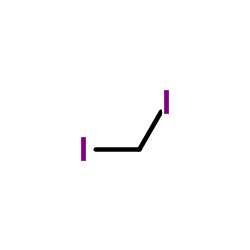 CAS#:75-11-6
CAS#:75-11-6 CAS#:4396-19-4
CAS#:4396-19-4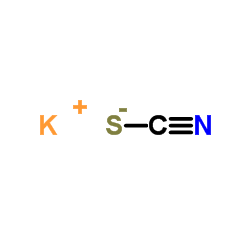 CAS#:333-20-0
CAS#:333-20-0 CAS#:593-66-8
CAS#:593-66-8 CAS#:144950-83-4
CAS#:144950-83-4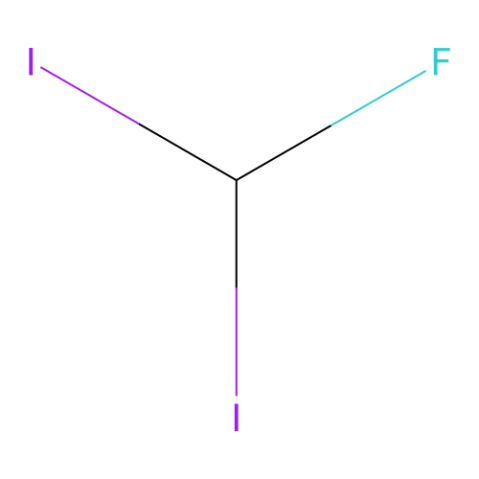 CAS#:1493-01-2
CAS#:1493-01-2 CAS#:75-46-7
CAS#:75-46-7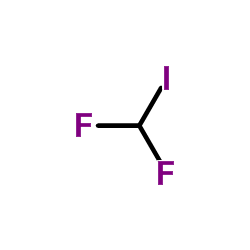 CAS#:1493-03-4
CAS#:1493-03-4
